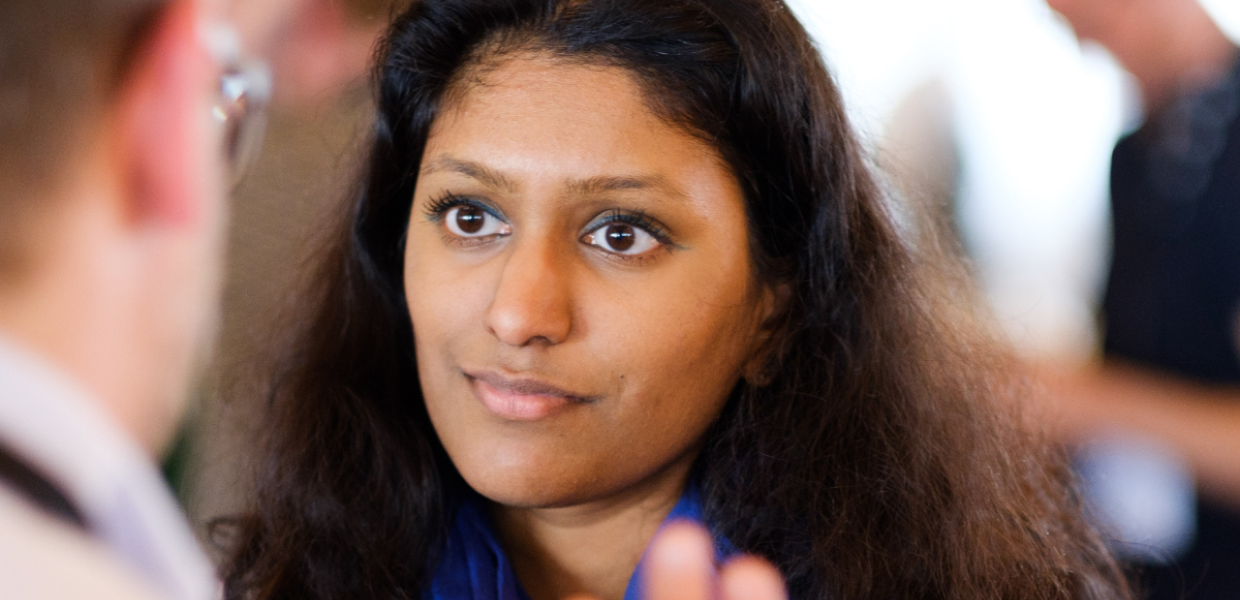Can you tell us about your work at the French Ministry of Culture? How does this intersect with your role as Chair of the Europeana Aggregators’ Forum?
I have worked for the French Ministry of Culture for 14 years in many positions, and am now in charge of the definition and implementation of the Linked Open Data (LOD) strategy for the Ministry. I have been lucky enough to follow or be involved with the Europeana Initiative from the beginning, and I currently coordinate French participation in Europeana, representing France in the Digital Cultural Heritage and Europeana (DCHE) expert group in the European Commission.
For the last five years I have also been the representative of the French national aggregator in the Europeana Aggregators’ Forum. I was elected as a member of the Forum Steering Group and nominated as Chair a few months ago. I think that the Forum is a perfect reflection of how technical and policy aspects of digital cultural heritage can be managed together, and it is a great honour for me to get the chance to represent all the aggregators and data providers who contribute to Europeana.
The points of intersection between my roles are therefore numerous; the technical and policy aspects I deal with at national level are about guiding and supporting cultural heritage institutions to publish their data as Linked Open Data and contribute to the Europeana Initiative.
How is the New European Bauhaus relevant to the work you are doing in both of these roles?
The New European Bauhaus is particularly relevant as it brings focus onto culture and creativity in a political and economic context where those aspects were not considered as priorities. With both of my roles related to making cultural heritage available to the widest audiences, including artists, New European Bauhaus reminds us that creativity and culture can rely on or be inspired by cultural heritage. I believe it gives us some food for thought and inspiration!
What does New European Bauhaus mean to you?
When I first heard about the New European Bauhaus, I understood it as a revival of the ‘classic’ Bauhaus of architecture and design. I found it relevant that this artistic movement - which focused on bringing together art, architecture, design and wellbeing - is being revived in times troubled by crises like the COVID-19 pandemic and global warming. For me, the Bauhaus was synonymous with objects and architecture that are beautiful but also completely functional and useful. So I also perceive the New European Bauhaus as something related to art and culture but with purpose and connection with technology and other sectors. I see it as an invitation to citizens to bring up ideas where art, culture and creativity can meet our current societal challenges.
In a not too distant future shaped via the European Bauhaus, what do you hope that the experience of visiting a cultural heritage institution would be like?
I believe the New European Bauhaus will bring new ways to engage with audiences. In the current context, where people cannot travel as they used to, or do not feel safe enough to visit crowded places or wait in long lines, there is a challenge to offer innovative ways to visit a cultural heritage institution. One of our missions as professionals in the cultural heritage sector is to make everyone feel welcome and make content as educational and accessible as possible. In a future institution shaped by the New European Bauhaus, I hope that this will be even more possible, and that we will be able to look forward to visits which do not conflict digital and ‘in real life’ experiences, but which strike a balance between the two.
One of the last exhibitions I visited here in France used digital to enhance a visit in situ very effectively. There was a monumental display of a painting, with a digital focus and explanation of many of its elements. This feature considerably enhanced my experience as a visitor as I was able to see and read it from anywhere in the room and it provided me with valuable historic and artistic details. I believe soon these kinds of augmented experiences will be widely used.
How else do you think that digital can support your vision?
All the ‘behind the scenes’ work done by aggregators and of course data partners will contribute to building that vision. A decade ago, digital mostly meant wide access without any notion of frontier or border. I am rather happy to see that this understanding of digital has evolved, and I think today digital is more seen as a way of offering an ‘augmented culture’ where the traditional divide between digital/physical is no longer relevant. Digital enhances culture for heritage but also for creation. Digital is completely integrated in our daily life and process so it is crucial in this context to support the digital transformation of the cultural heritage sector.
New European Bauhaus encourages interdisciplinarity - Commissioner Mariya Gabriel has described it as ‘a bridge between the world of art and culture on one side and the world of science and technology on the other’. How can the cultural heritage sector work with other sectors to make a contribution to the initiative?
The division of the cultural heritage sector is a consequence or a reflection of how politically and administratively things are organised and funded. In reality, culture does not stand on its own. Culture by definition is a bridge to and from other sectors. The New European Bauhaus is a great opportunity to remind us that culture, like ecology, is multidisciplinary and that collaboration between sectors related to humanities on one hand and technology on another hand should be fostered.



